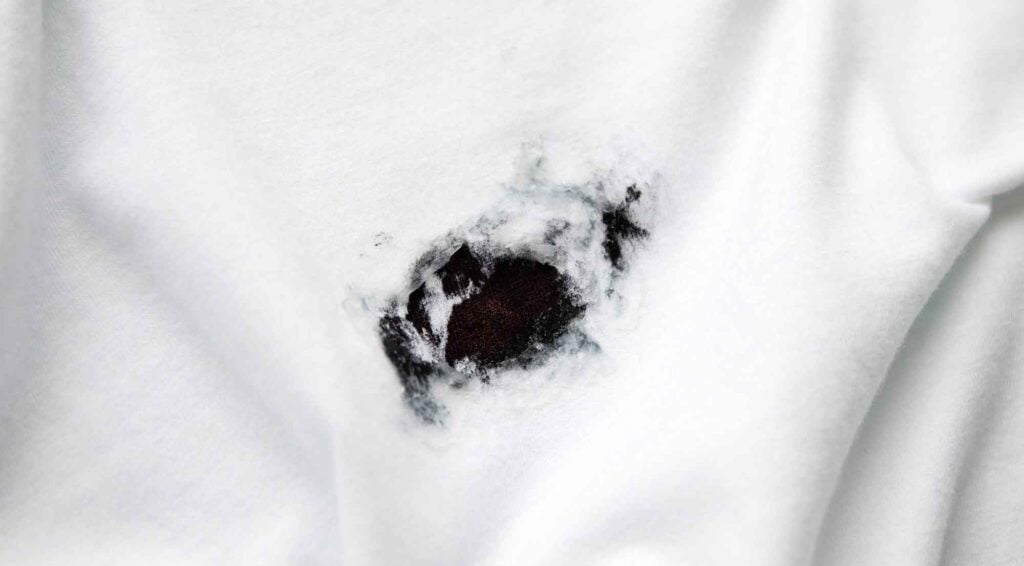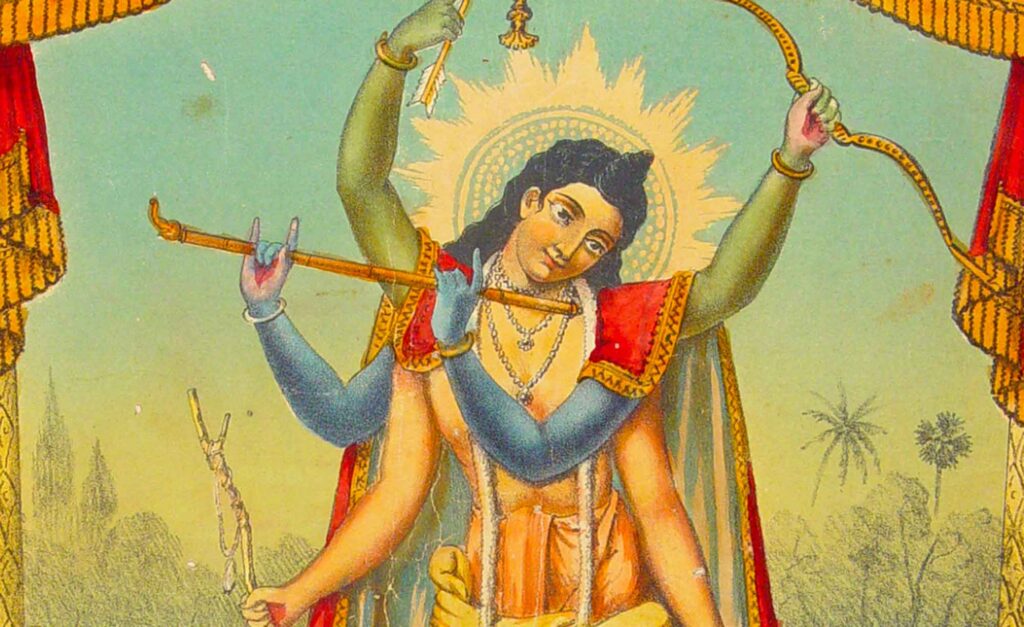Overview
Vigata Vatsarera Samālocanā (A Review of the Previous Year) was first published in Sajjana Toṣaṇī, Vol. 11 issue 1 in 1899. In this review, Bhaktivinoda Ṭhākura describes the hardships of the previous year, in particular the outbreak of the Kolkata plague and lack of cow protection. He also describes some of the positive aspects such as the preaching and nagara-saṅkīrtana.
(translated by Swami B.V. Giri)
By the grace of the Śrī Śrī Mahāprabhu we have completed another year. Readers are aware of all the good and bad things that have happened in this last year. An epidemic called the ‘plague’ has hit this city of Calcutta. So many people were forced to gradually leave this world. Success or adversity is all the will of Kṛṣṇa. There are many kinds of evil happening within this city. As a result, this terrible disease has occurred. All virtuous activities such as the protection of cows and calves have almost disappeared from this city nowadays. The cow-herders sell the calves and are in the practice of producing phulkā milk (1) which only produces extreme inauspiciousness. Good food is mixed with all kinds of bad ingredients which is gradually making people unhappy. Persons in the Raj are trying to do something about this, but all these crimes committed by low-class people increase day by day. All those great people that are philanthropists need to be especially careful about this. If everyone takes care, then by the will of Kṛṣṇa, these faults will be eliminated in a short time. If we take care, then with the help of the Raj, all these nuisances will be eliminated effortlessly.
In spite of all these impurities, the jīvas have benefited a lot. We see that in the last few years, many upa-dharmas (lower religions) and chala-dharmas (deceitful religions) have been prevailing in Calcutta. In the last year, Śrīman Mahāprabhu, being supremely merciful, has inspired many educated persons to propagate the Name of Bhagavān. Through the Śrī Gaurāṅga Samāja in Calcutta, many people have become followers of Vaiṣṇava dharma. Many of those who were indifferent towards the God and floating in the waves of materialism are acknowledging the greatness of the Supreme Lord Śrī Gaurāṅgadeva in the past year. We feel that upon seeing the rise in adharma and the degradation of dharma, the Lord’s mercy is aroused and He causes this Samāja to be rebuilt by His devotees. I hope that the Śrī Gaurāṅga Samāja will eradicate all misconduct in a very short time by spreading the name of Śrī Gaura. Then there is no doubt that the plague etc. will go immediately.
In the last year, hari-bhakti has become stronger in various ways and has given happiness to all jīvas. After all, Śrī Māyāpura, the birthplace of Śrī Śrī Gaurāṅga, has witnessed many joyous festivals since the 14th of the month of Caitra. This year there was excellent kīrtana. All the devotees who were present there experienced indescribable joy. On the 14th of Caitra, the citizens felt supreme bliss in a city-wide hari-kīrtana in Calcutta. On the 27th of Caitra a festival and saṅkīrtana were held in Varāha-nagara on the occasion of Śrī Śrī Gaurāṅga’s arrival at Śrī Pāṭabāḍi of Śrī Śrī Bhāgavatācārya. Devotees from different places chanted hari-kīrtana. We were very happy to see all these auspicious events.
Two more auspicious events have taken place in the last year. A steamer has been arranged to travel from the city of Calcutta to Śrī Puruṣottama. Puruṣottama-kṣetra is directly Vaikuṇṭha. The time delay and hardship to go there is very difficult for the devotees. Now in 36 hours, a Calcutta resident can easily go to Śrī Puruṣottama. Again, in Gauḍa-deśa, Śrīdhāma Navadvīpa is described in the śāstra as the most sacred place, and in going there devotees endure many difficulties. In the last one year, there has been a railway from Rāṇaghāṭa to Kṛṣṇanagara and those problems have been removed to a great extent. Now we pray to our Śrī Mahāprabhu that this year the three miseries of all the jīvas will be removed. (2) The plague epidemic will be over soon. Then the devotees can effortlessly move from one kṣetra (place) to the bhakti-kṣetra and relish pure devotion.
(1) Translators Note: Phulkā is the malpractice of pumping air through the generative organ of a cow in order to obtain a larger amount of milk.
(2) Translators Note: The three miseries (tapa-traya) are ādhyātmika, ādhidaivika and ādhibhautika (miseries caused by one’s body and mind, by natural catastrophes, and by other living creatures).













